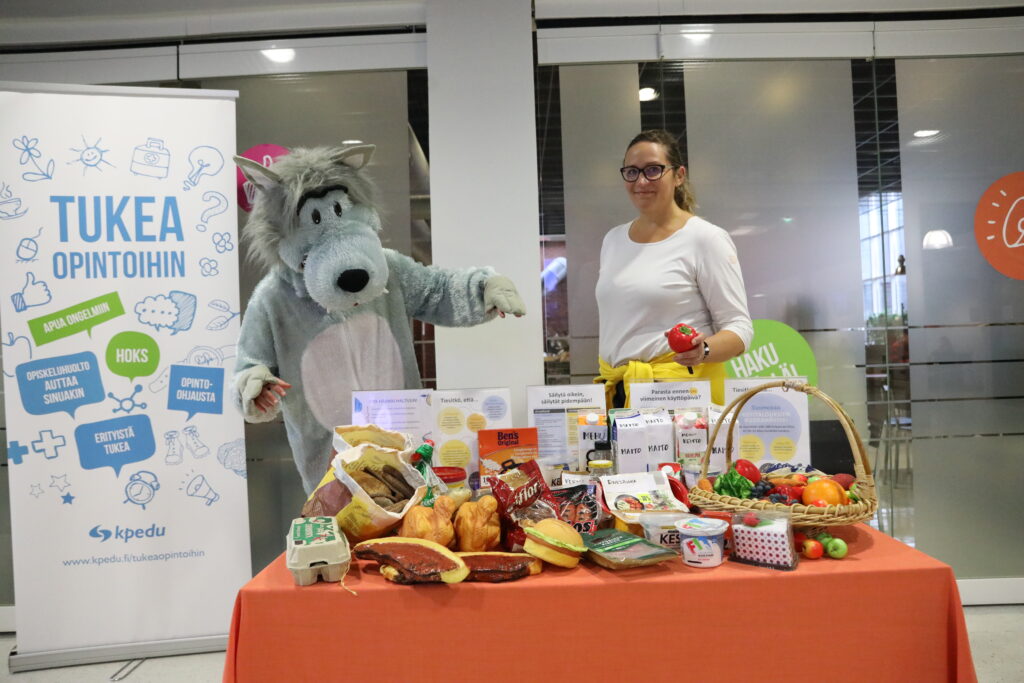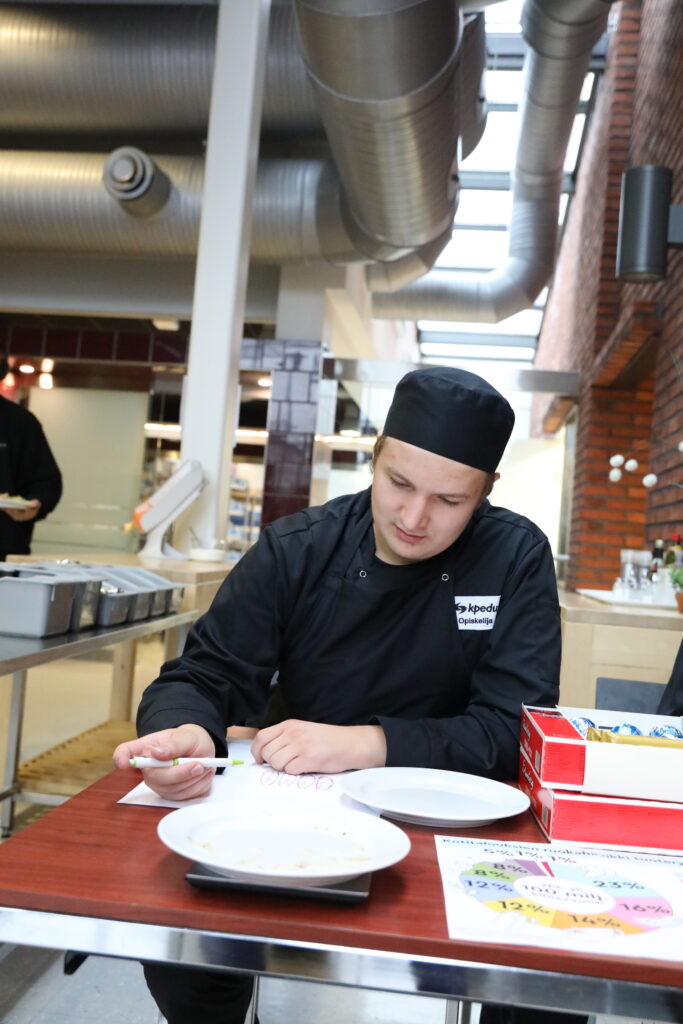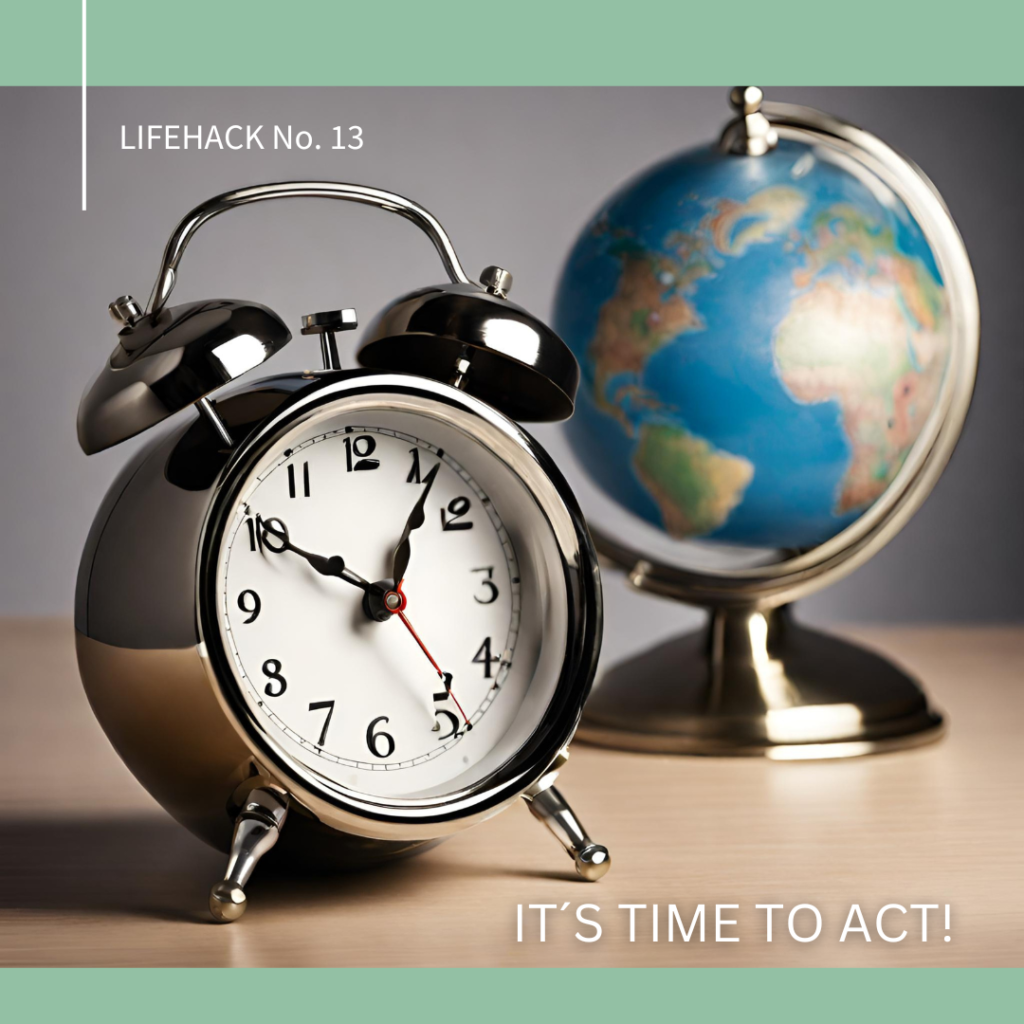Stop food waste at schools and at home too!

So much energy, water, time, fertilizers, emitting greenhouse gases, workload and simply money is wasted every single day, when we don’t eat our plates empty or we let food to rotten in our fridges. Probably we need constant or at least frequent reminders about food waste. We at vocational schools educate future’s change-makers, who will hopefully live more sustainable way than the past generations. Easy way to battle against food waste is to raise awareness about it and rather regularly than once a year. We in Kpedu, The Federation of Education in Central Ostrobothnia in Finland organized one day campaign against food waste. There was an adviser on food waste from the Rural Women’s Advisory Organization who presented one person’s annual food waste, which is around 70 kg in the EU, over 100 euro wasted money. In 2021, around 131 kg of food waste per inhabitant were generated in the EU. Households generated 54 % of food waste, accounting for 70 kg per inhabitant. The remaining 46 % was waste generated upwards in the food supply chain. (https://ec.europa.eu/eurostat/statistics-explained/index.php?title=Food_waste_and_food_waste_prevention_-_estimates)
The adviser was accompanied by a wolf, since in Finnish language a nickname for the wolf is loss or waste. Therefore, we don’t want to feed a wolf when food is meant for us. Food waste items and packages together with the wolf attracted many young people to wonder amount of food which we allow to rotten or is left on our plates. At that same day there were scales in the school canteens for students and personal, since every plate was weighed after a lunch. If a person succeeded for 0-20 g food waste remaining on the plate, he/she was rewarded by chocolate. But why did we reward people for 20 g food waste? Since that small amount can be caused by just a small sauce remnant and few small crumbs of food which were not carefully scratched off the plate.
Here some practical tips to reduce food waste at the schools and more sustainable food practices:
- A transparent bag / container for the food waste.
- Weighing food waste and displaying a weight of a food waste daily.
- Rewarding for non-food waste consumers for example Fridays or once a month.
- Placing a vegetarian option before a non-vegetarian option in a menu and on a counter.
- Placing vegetables before bread.
- Take rather less than too much on your plate in the case of a buffet since you can always add more.
- Appreciate the food, all the effort behind of it until it lands on your plate.
- No trays at school canteens, then you want to carry lighter loads, even water and energy will be saved, since washing trays disappear.
- Plan your meals, buy only what you need.
- Store wisely: Move older products to the front of your cupboard or fridge and new ones to the back.
- Trust your senses: smell, taste, look. There’s a big difference between “best before” and “use-by” dates. Sometimes food is still safe to eat after the “best before” date, whereas it’s the “use-by” date that tells you when it is no longer safe to eat.
- Use your leftovers by freezing them, eating them next day, using them as an ingredient in another meal.
- Donate food that would otherwise be wasted
- Compost food waste, nutrients go back to the soil and help to reduce your carbon footprint. Could there be a compost even at schools? When a nutritious soil would provide an ideal seedbed for a small scale school farming.
- Support local food producers.
- Adopt more sustainable diet.
- Eat more veggies.
- Respect food.



Seeing all the uneaten food pile is a very concrete way of visually understand the problem and start paying more attention to it.
Instead of a deep trashcan our local kitchen uses a flat tray as a place to scrape of your uneaten food. the waste doesn’t just vanish from sight inside a bag. It feels almost embarrassing to leave anything because it’s so concrete and that’s a good thing. People are being more mindful about how much food they pick before eating. The amount of wasted food has gone down.
Which of the proposed measures could also work in your organisation?